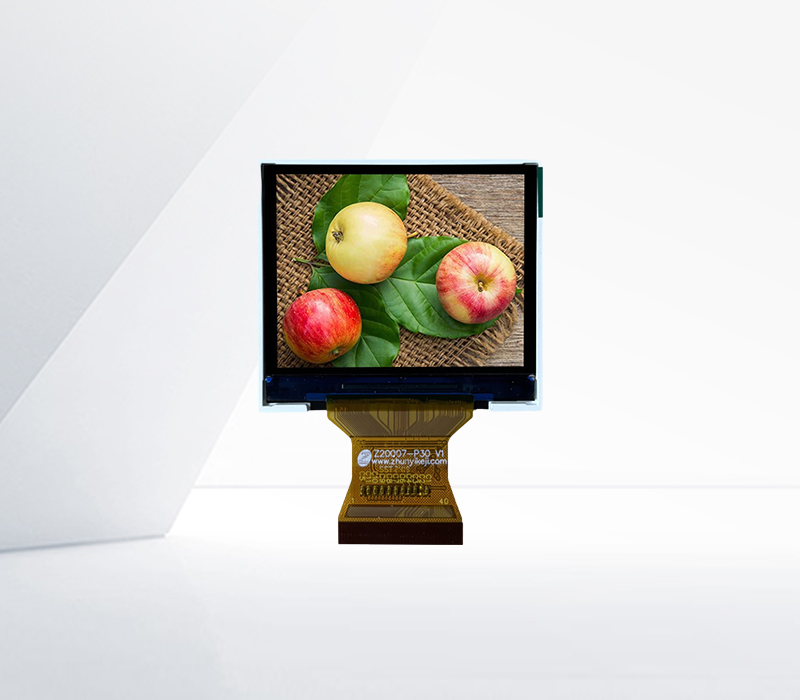




In harsh and cold environments, low - temperature resistant LCD modules play a crucial role in providing reliable display functionality. These LCD modules are specifically designed and engineered to operate stably at low temperatures, which is essential for applications in cold regions, outdoor equipment, and aerospace industries.
The design of low - temperature resistant LCD modules involves several key considerations. First, the liquid crystal material used in the LCD panels is carefully selected. Special low - temperature - compatible liquid crystal formulations are employed, which have lower viscosity and better flow properties at low temperatures, ensuring smooth liquid crystal molecule movement and normal display operation. Additionally, the backlight system of low - temperature resistant LCD modules is optimized. LED backlights with good low - temperature performance are used, and special heat - dissipation and insulation designs are implemented to prevent the backlight from malfunctioning due to low - temperature effects.
The manufacturing process of low - temperature resistant LCD modules also requires strict quality control. Each component of the LCD module is tested under low - temperature conditions to ensure its performance. After assembly, the complete LCD module undergoes comprehensive low - temperature testing, including cold - start testing to check if it can be powered on and operate normally at low temperatures, and long - term low - temperature operation testing to verify its stability over time. In applications such as outdoor digital signage in cold climates, military equipment used in frigid regions, and space exploration where extreme low - temperature environments are common, low - temperature resistant LCD modules are indispensable for providing clear and reliable visual information.s
